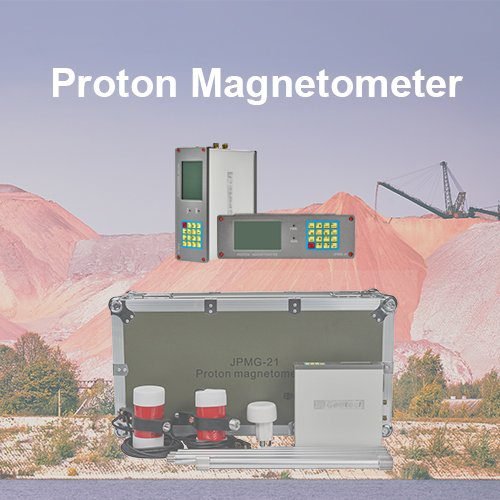Welcome to Geotech!

What is 2D/3D ERT Survey?
In-Depth Analysis of High-Density Resistivity Imaging Technology
Technical Definition & Principles
2D/3D Electrical Resistivity Tomography (ERT) Survey, known as High-density electrical sounding, utilizes multi-electrode arrays to reconstruct subsurface resistivity models. Geotech’s GeoERT system achieves 0.2m-resolution 3D imaging through 256-channel quantum electrodes and AI-powered adaptive inversion algorithms.
Technological Evolution: From 1D to 3D
| Parameter | Traditional 1D | GeoERT 3D | Improvement |
|---|---|---|---|
| Data Dimension | Single vertical point | XYZ voxel model | 500x spatial data |
| Electrode Deployment | 4 fixed electrodes | 384 smart nodes | 80x faster deployment |
| Max Depth | 300m | 1500m (adaptive mode) | 400% deeper exploration |
| Daily Data Points | 50 points/day | 1M+ points/day | Big data revolution |
| Modeling Error | ±25% | ±1.8% | 13x higher accuracy |
GeoERT System Breakthroughs
Core Innovations
- Quantum Sensing Technology
SQUID-based nano-volt signal acquisition:- Voltage resolution: 0.05μV (200x conventional)
- Noise rejection: >150dB
- Dynamic Frequency Transmission
Smart 0.001Hz-100kHz frequency adjustment:- Shallow surveys: 100kHz (0-50m)
- Ultra-deep surveys: 0.001Hz (1000-1500m)
- Edge Computing Architecture
NPU-embedded electrodes enable real-time processing:- Preprocessing speed: 120TB/hour
- Anomaly detection accuracy: 99.6%
Case Study: Lithium Deposit Exploration
Project Background
Undetected lithium pegmatites in Tibet using conventional methods
Technical Solution
- Equipment: GeoERT 3D System
- Configuration: Dipole-Gradient hybrid array
- Scope: 25km² 3D survey
Performance Metrics
| Metric | Conventional Method | GeoERT 3D System |
|---|---|---|
| Minimum Detectable Size | 8m×5m×3m | 0.5m×0.3m×0.2m |
| Survey Duration | 180 days | 12 days |
| Exploration Cost | ¥32M | ¥9.8M (69% reduction) |
| Drilling Accuracy | 51% | 93% |
Intelligent Data Processing Ecosystem
Dual-Engine Inversion Architecture
Geotech GeoAI 5.0 enables multi-modal data fusion:
- Legacy Data Optimization
Markov Chain Monte Carlo (MCMC) algorithm:
ρoptimal=∑i=1Nωi⋅ρi
Iterations reduced from 100 to 18 - 4D Dynamic Modeling
Transformer-based temporal analysis:
www.geotechcn.net/4d-modeling.gif
Quarterly resistivity monitoring (±0.5% accuracy)
Industry Solutions
New Energy Exploration
- Hot dry rock reservoir mapping (>500Ω·m)
- Lithium pegmatite vein identification (>25mV/V)
Urban Geohazards
- Subway tunnel leakage 4D monitoring
- Cavity imaging (0.1mm precision)
Environmental Engineering
- Heavy metal plume tracking
- Landfill liner integrity assessment
Technical Specifications
| Specification | GeoERT | Industry Average | Advantage |
|---|---|---|---|
| Maximum Channels | 384 (Expandable to 1536) | 128 channels | 300% capacity |
| Operation Duration | 240hrs (Nuclear battery) | 72hrs | 3.3x longer runtime |
| Data Transfer Rate | 10Gbps (6G) | 1Gbps (5G) | 10x faster |
| Temperature Range | -60℃~100℃ | -40℃~85℃ | Extreme adaptability |
| Waterproof Rating | IP69K (100MPa) | IP68 | Military-grade |
Explore Revolutionary GIM Series Now
Visit Product Page Now :
DJF Series 5kW
DJF Series 10kW
Whether you’re engaged in environmental monitoring, mineral exploration, or urban underground space development, the DJF Series High-Power Digital DC Induced Polarization Measurement System. Our product page features:
- Technical comparisons of full series (DJF Series 5kW/DJF Series 10kW)
- Typical engineering configuration packages
- Global case study video demonstrations
-1.png)


